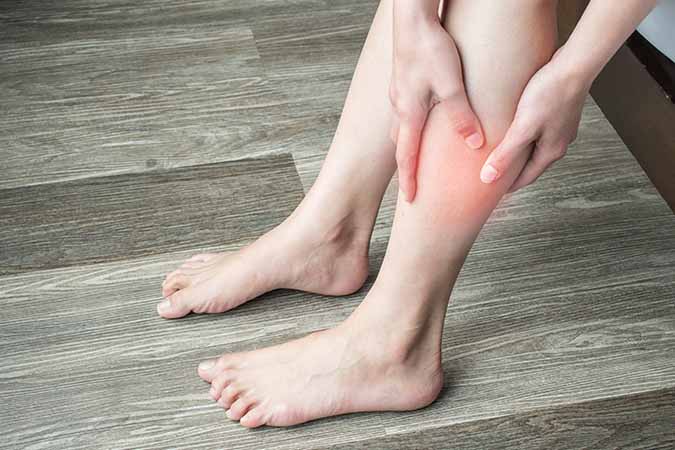

You may pass out if your heart rate or blood pressure drops suddenly. You also may feel it when you cough, bend or lean over. The pain can stop you from being able to take a deep breath. The pain is often sharp and felt when you breathe in deeply. You may feel like you're having a heart attack. Trouble catching your breath happens even when resting and gets worse with physical activity. Pulmonary embolism symptoms can vary greatly, depending on how much of your lung is involved, the size of the clots, and whether you have underlying lung or heart disease. If you suspect you have DVT or you’re concerned about symptoms, don’t wait to call us at our Memphis, Tennessee, center or schedule an appointment online. That’s when PE turns into a life-threatening problem. This condition, pulmonary embolism (PE), can happen even when you don’t have symptoms of DVT, so it’s good to know the signs of PE:Īs the clot stops blood from flowing through your lungs, essential organs don’t get the oxygen they need to survive. Signs of pulmonary embolismĭVT turns into a life-threatening condition when the clot breaks away from your leg vein, travels through your body, and gets stuck in your lungs.
#BLOT CLOT IN LEG SKIN#
Though it’s quite rare, your skin may appear pale or blanched, a color change that happens if the clot completely blocks the vein. The skin on your affected leg may turn a reddish-purple or blue color. The skin over the blood clot may turn red and feel warm. Your leg may feel tender to touch above the calf muscles or along the vein where it runs through the inner side of your thigh. TendernessĪt least 70% of patients develop tenderness in the affected leg. As a result, you have swelling in your lower leg. When a blood clot blocks the vein, fluids start to build up in the tissues of your lower leg. In some cases, you may find that the pain feels worse when you bend your foot up. Your leg pain could also be generic or nonspecific and easy to mistake for a muscle ache. If that happens, you know you need immediate medical attention. Your pain may occur suddenly and cause severe discomfort.

Leg pain occurs in about half of all people who have DVT. These are the five primary signs of DVT: Leg pain And for about half of all people with DVT, the signs never appear until they have a pulmonary embolism.

The signs can also develop so slowly you barely notice them. Your symptoms could appear suddenly, making it obvious you have a problem. You also have a higher risk of developing blood clots as you get older. The top risk factors contributing to the three criteria include: Unwanted blood clots form when one or more of the following three things happen: Your blood flow slows down, something makes your blood clot more easily than normal, or you suffer damage to the veins.

When the clot develops in a vein deep in your leg, it causes DVT. An unwanted blood clot is called a thrombosis. Unfortunately, blood clots can form when they shouldn’t, and sometimes they fail to dissolve. When the bleeding risk is over, your body naturally dissolves the blood clot. Risk factors for deep vein thrombosisĪny time a blood vessel is damaged, specialized cells go to the area and stop the bleeding by forming a gel-like clot. In the meantime, here’s the information you need to know about your risk for DVT and how you can recognize its symptoms. If you have questions about your symptoms, we’re here to help, so don’t hesitate to call. The only way to know you need treatment is to learn the five signs. We know how important it is to seek prompt treatment for DVT. And every year, 60,000 to 100,000 of them die from a DVT complication called pulmonary embolism.Īt Memphis Vein Center, board-certified cardiologist Kishore Arcot, MD, has years of experience diagnosing and treating DVT, helping our patients prevent long-term complications and live a thriving, active life. The Centers for Disease Control and Prevention (CDC) estimates that every year, one or two of every 1,000 people have deep vein (venous) thrombosis (DVT).


 0 kommentar(er)
0 kommentar(er)
